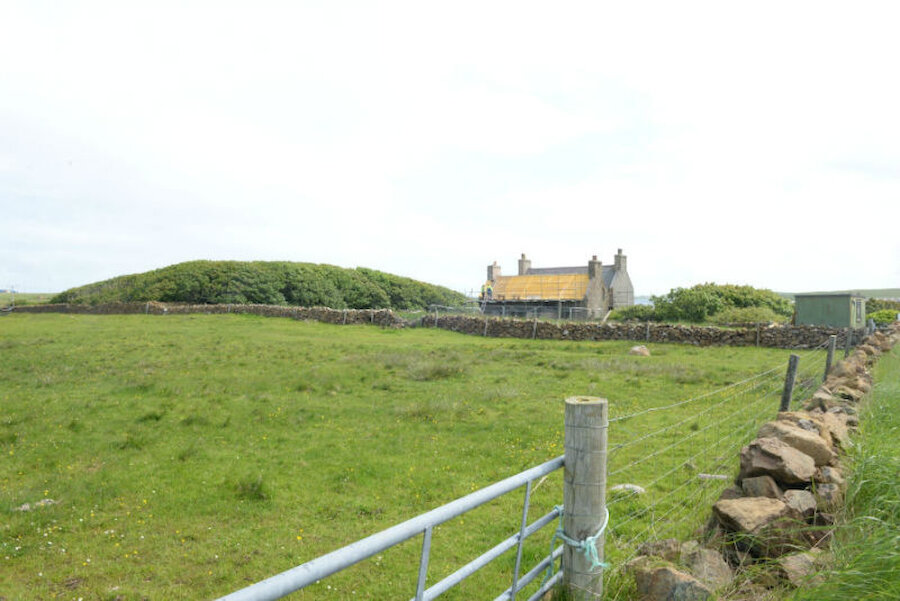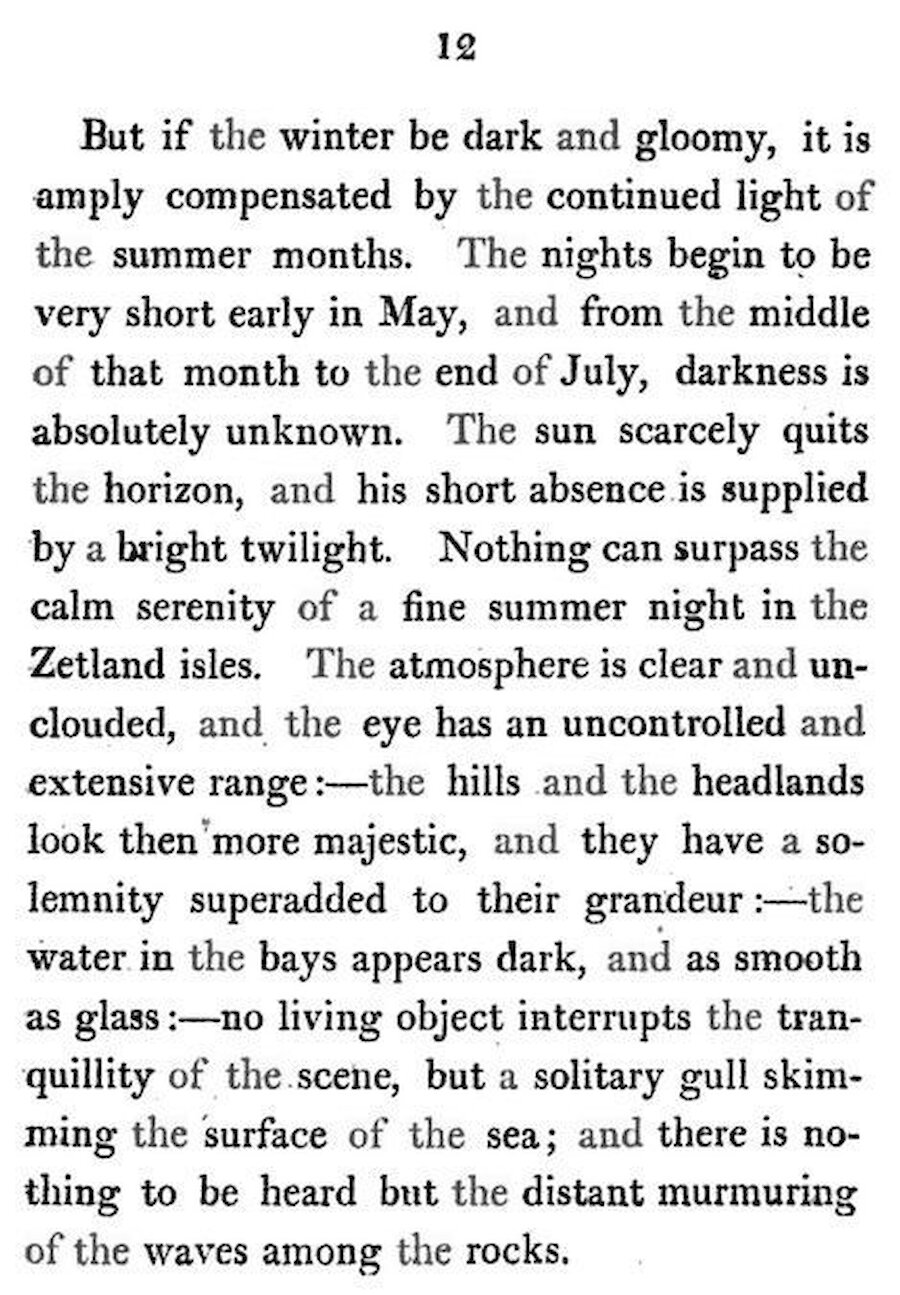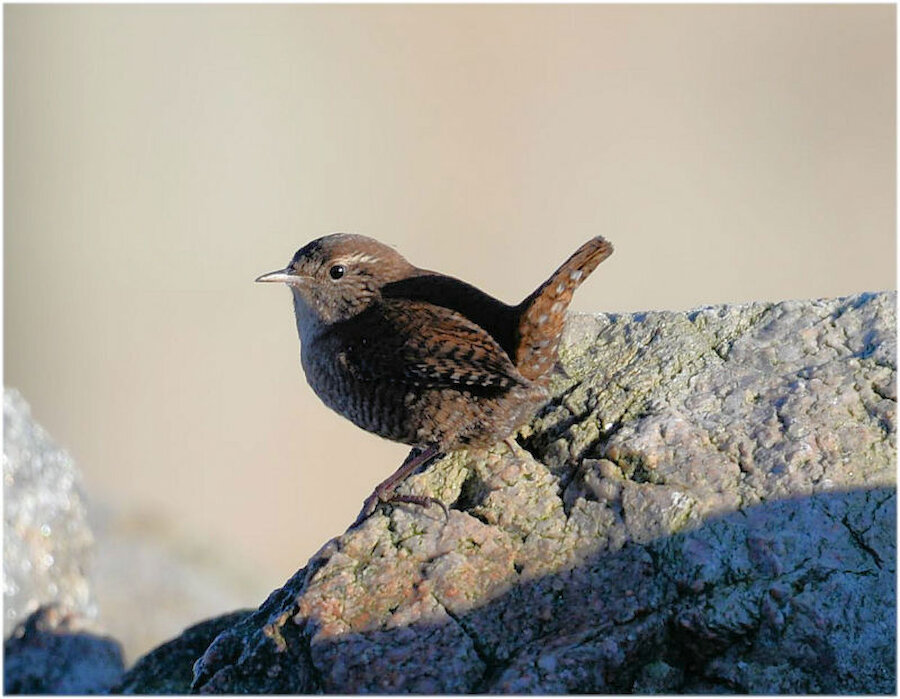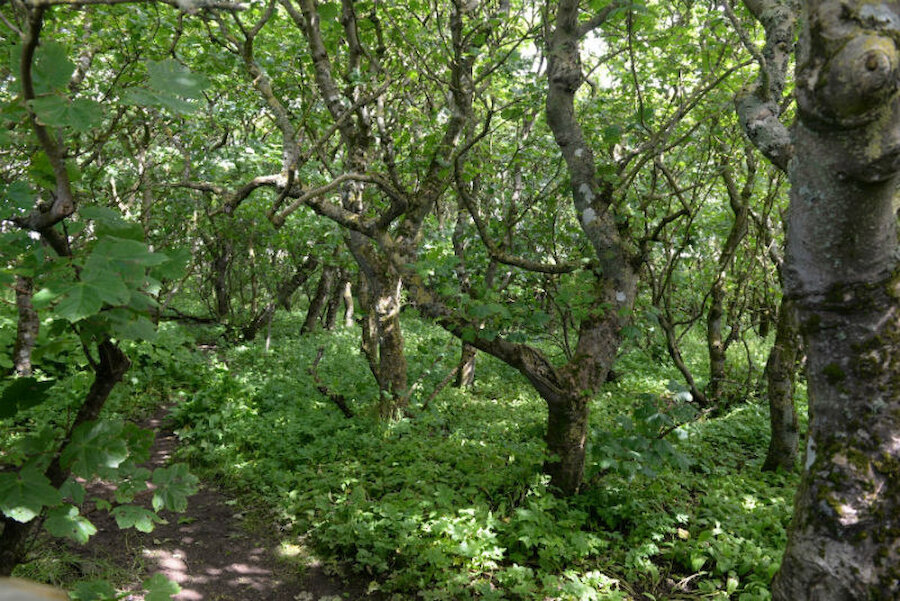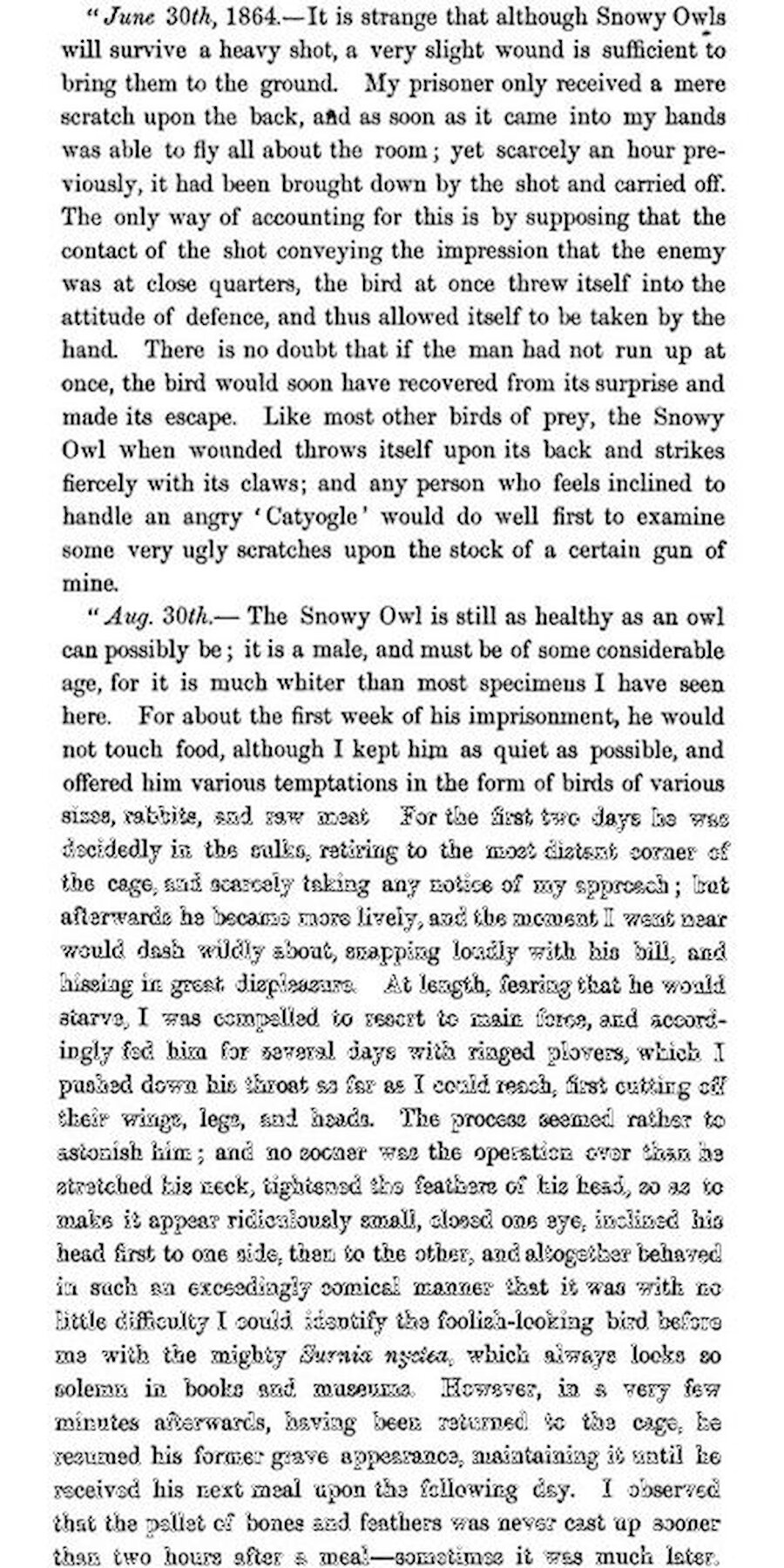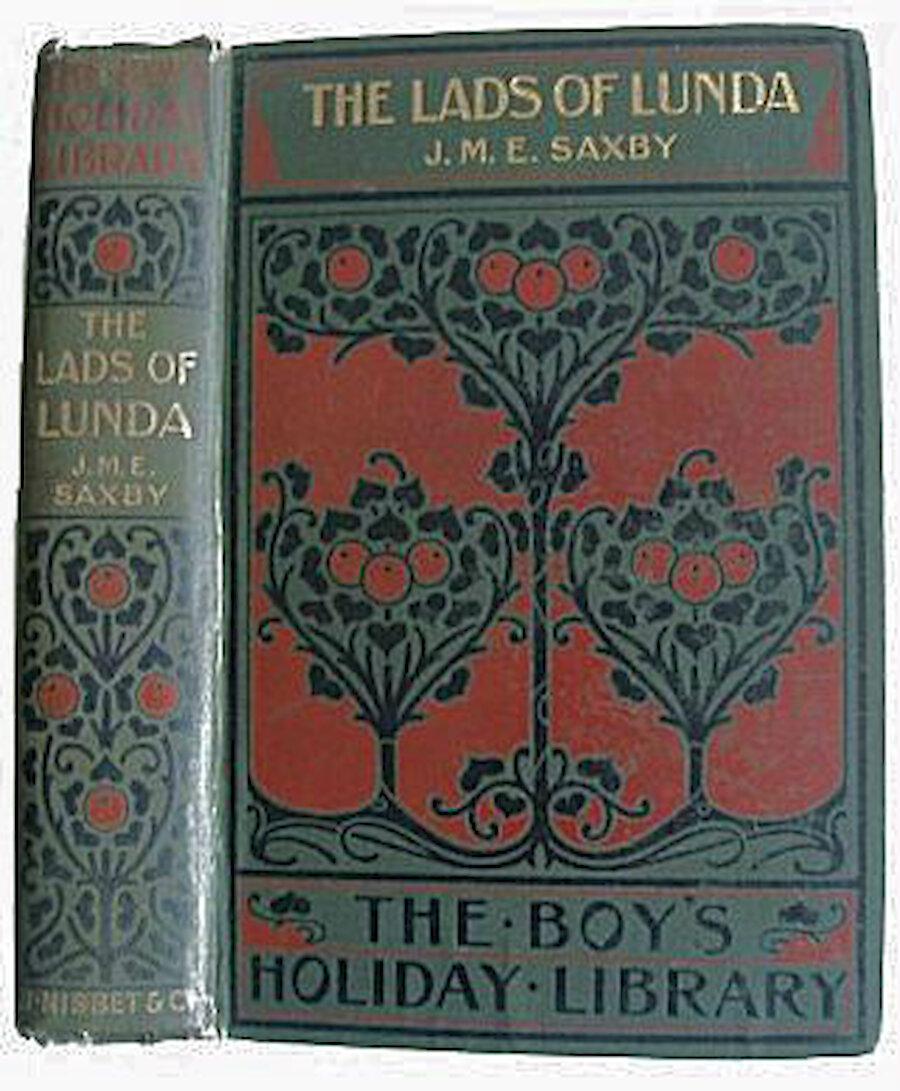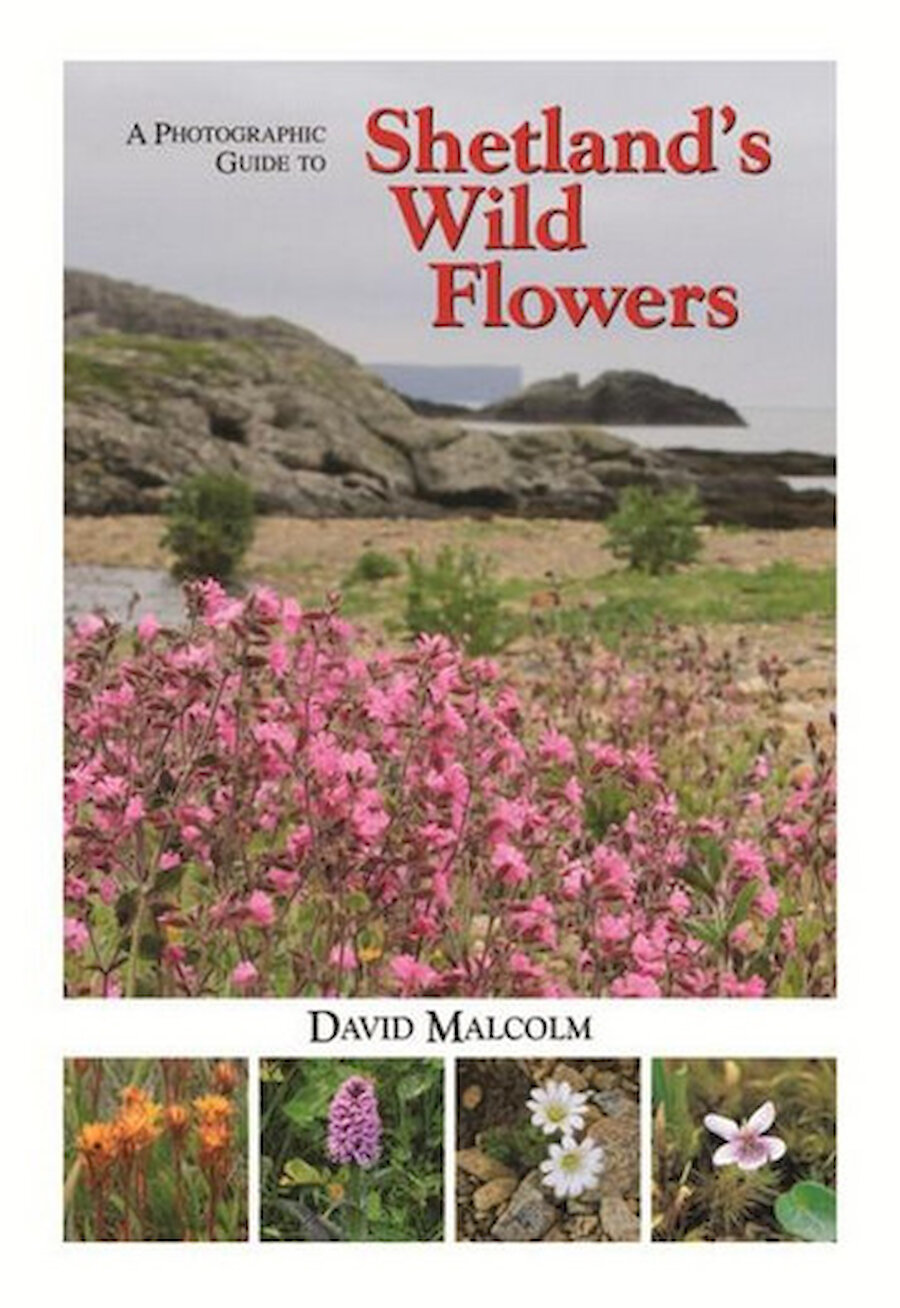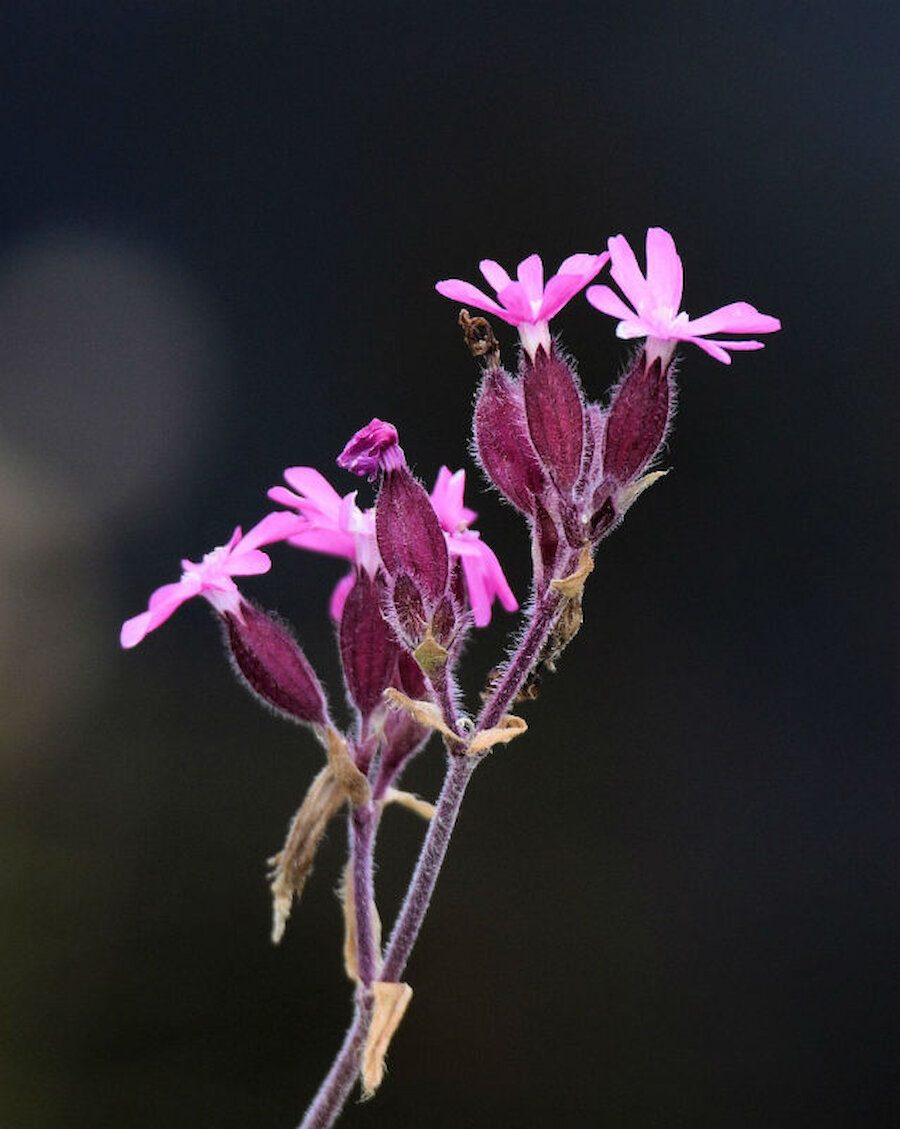If you’re a medical professional with an interest in wildlife, a move to Shetland would be entirely in keeping with a longstanding island tradition.
The combination of these interests in the islands goes back centuries. The foundations lie in the Edmondston family, the first of whom, Andrew Edmondston or Edmestoun (1559-1632), was a minister.
Andrew’s great-great-great grandson was Dr Laurence Edmondston (1740-1814), who trained as a surgeon in Edinburgh; but it was in the next generation that the family’s association with both medicine and natural history really began. His marriage to Mally Sanderson produced eight children.
Their first son, Arthur Edmondston (1775-1841), also trained as a surgeon but his interests were extraordinarily wide-ranging, engaging in campaigns and discussion on all manner of topics and publishing A View of the Ancient and Present State of Shetland (1809), a major contribution to knowledge of the islands. In the extract below, he writes lyrically about what we call the 'simmer dim', the twilight around midsummer when the sun sinks just below the northern horizon.

